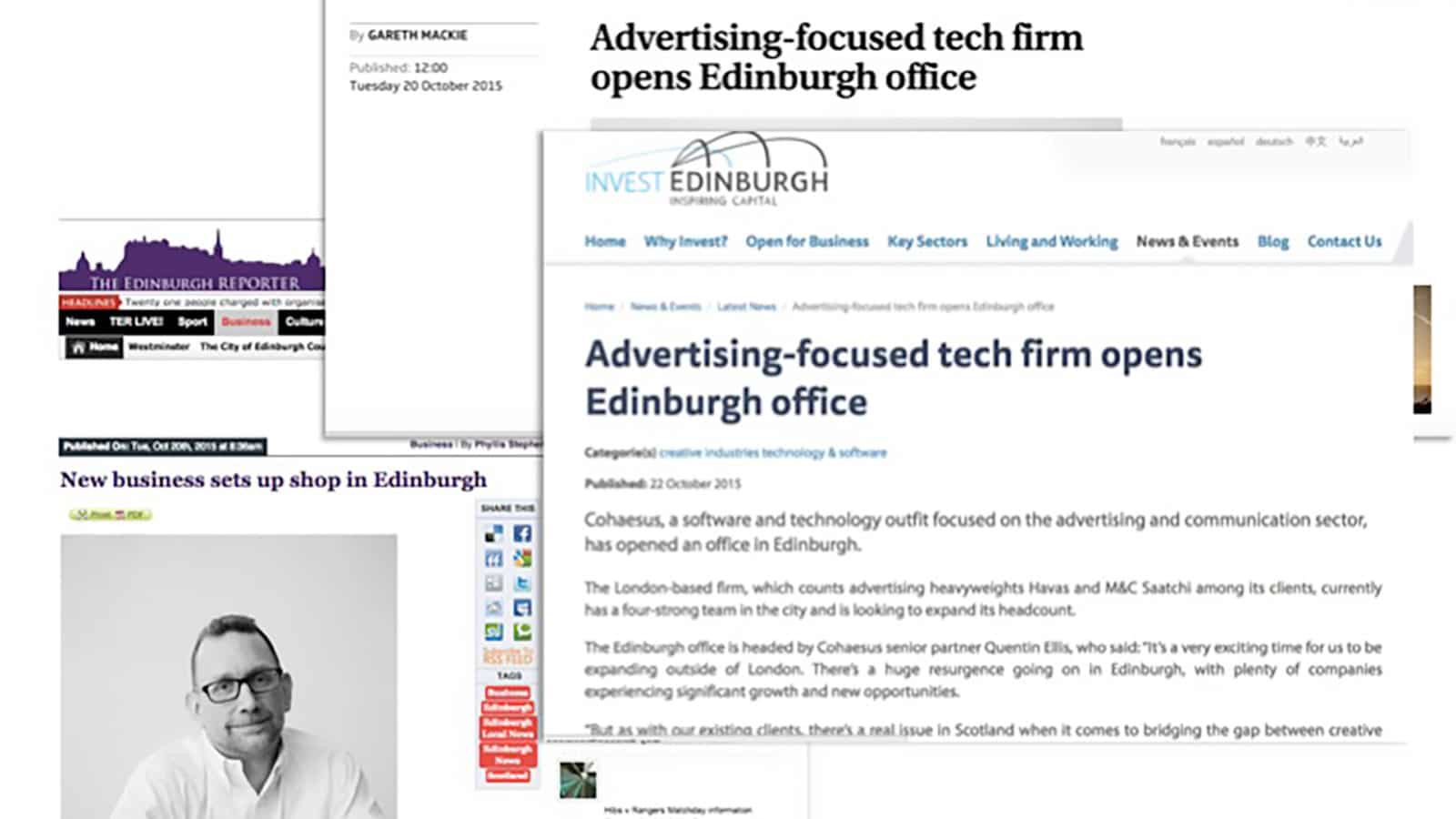“Personalization” is the slow-burning buzzword of today’s business world.
A buzzword, because businesses and marketers alike can see the appeal of personalization immediately—even before considering, or bothering to try to find out, what it really means. To make something “personal” has immediate positive connotations of seriousness, consideration, and care.
And slow-burning, because the buzz shows no signs of fading in volume or diminishing in importance. With each new technological milestone reached in this digital age of constant reinvention, personalization acquires new applications—and, with those new applications, opens up new possibilities.
That personalization seems synonymous with our current business environment could suggest it’s a modern invention. And the ever-increasing popularity of the term, and all that it represents, would seem to support that notion.

Google Books Ngram Viewer search results for “personalization” in the corpus of English literature
But the truth is quite the opposite. Language, like personalization, is at its best a practical tool. So the increasing use of the term “personalization” can really be traced back to the increasing need for such a term to exist, because of what it represents. When personalization was the norm, the word itself barely existed: why say what did not need to be said?
Nowadays, personalization is defined (in this case by the mighty Wikipedia) as “tailoring a service or a product to accommodate specific individuals, sometimes tied to groups or segments of individuals”. And, if you think about it, individually targeted products and services, advertised and sold with particular people (or groups of people) in mind, and delivered with the “personal touch”; these were the mainstay of economic interactions among humankind up until very recent history.
All of this changed with industrialization, globalization, production-lines and homogenization. Mass-production and mass-marketing led to mass-media: radio and television offered up the ears and eyes of millions of ready consumers to an even readier advertising industry; and thus the holy grail of commerce and customer interaction was no longer the personal touch; but the ability to hone the perfect messages to appeal to the broadest possible markets.
Lucrative and effective though these innovations were, Newton’s third law of motion dictates that “for every action there is always opposed an equal reaction.” And if we take the considerable liberty of applying that law of physics to the world of marketing, a proportional response would be required to the increasingly apparent inflexibility and, yes, impersonalization of mass-production and mass-marketing.
That response came, perhaps unexpectedly, from the most massive mass-marketing tool of them all: the Internet. With the addition of the letter “e” to the word “commerce”, the pendulum began to swing away from the mass-market, and back in the direction of the individual. Look what happens to the frequency-of-use of the word “personalization” on the above screengrab from the Google Books Ngram Viewer in the late 1990s. In this case, we can quite confidently deduce that correlation and causation are working hand-in-hand.
Think back to your first (perhaps slightly random) experience of an Amazon product recommendation; your first (perhaps slightly creepy) retargeted advert showing you a toaster you’d briefly considered buying last Friday; or your first (perhaps amusingly clumsy) targeted marketing email—maybe even opening with “Hi [Firstname]!” These were the stumbling baby-steps toward personalization; or, as it used to be called, normality.

Fast-forward to 2019 and we’ve got the immeasurable opportunities offered by big data, artificial intelligence, machine learning and decisioning engines. We’ve got personalization escaping from the digital realm and finding its way back into the real world; where it arguably began life, thousands of years ago, before it even had a name. We’ve got even buzzier forms of our favourite buzzwords in the shape of behavioural targeting, hyper-targeting, hyper-personalization, and predictive personalization; and (yes, it sounds like a contronym but please hear us out) mass personalization. Oh, and we were joking about those opportunities at the start of the paragraph, by the way: of course they’re measurable. Everything is measurable if you have the right tools.
Our white paper ‘A marketers’ guide to personalization: Creating customized consumer experiences’ will give you more detail about what you can do with personalization in 2019, and how we can help. In this white paper we discuss the state of personalization in 2019, the vendor view and the consumer view of recent innovations in personalization, the effects on content and publishing, and the technology and processes that make it all happen. Check it out here:



